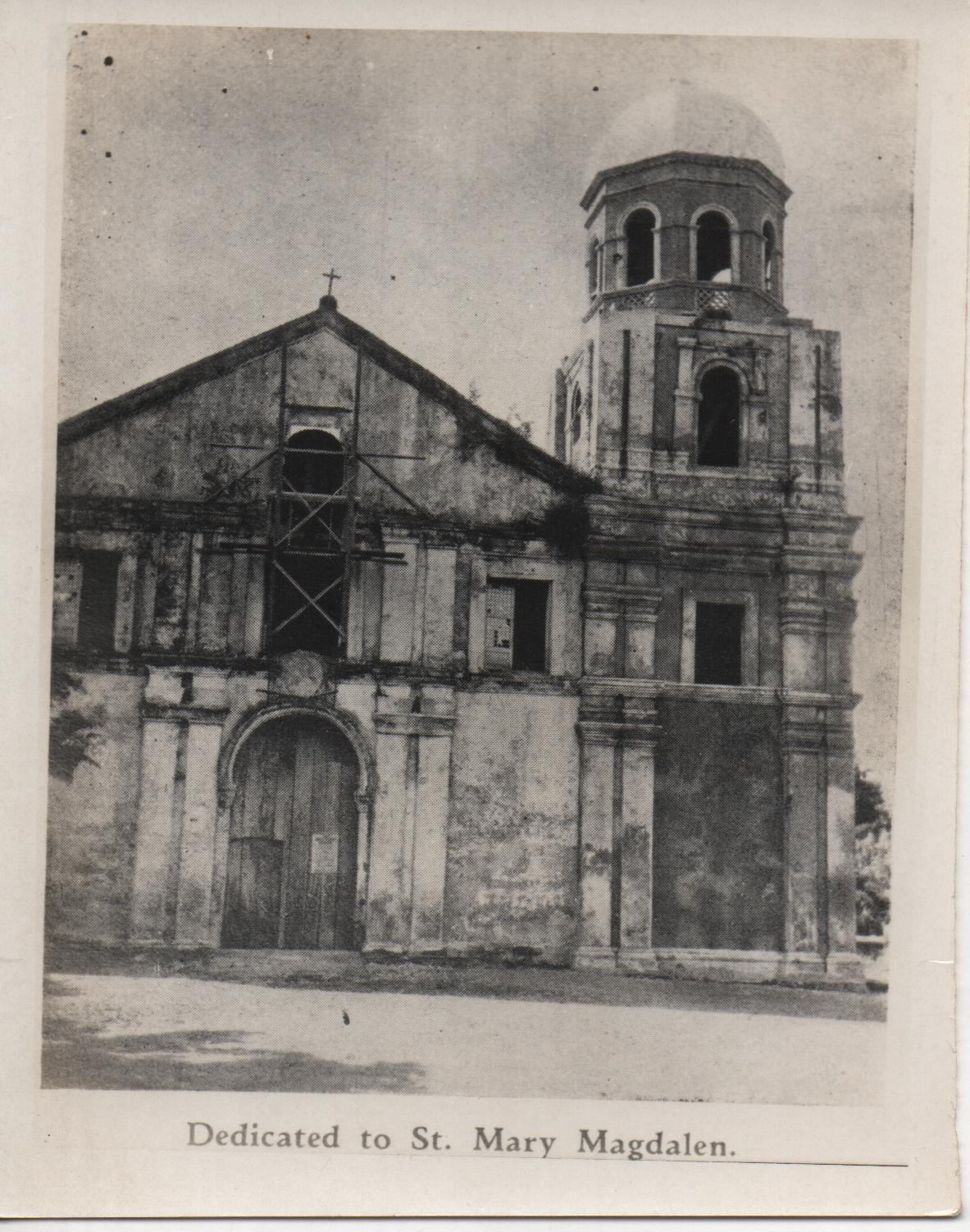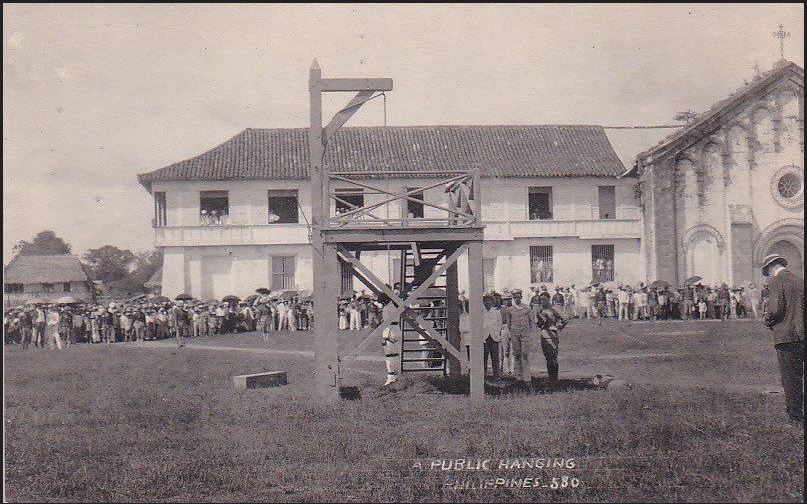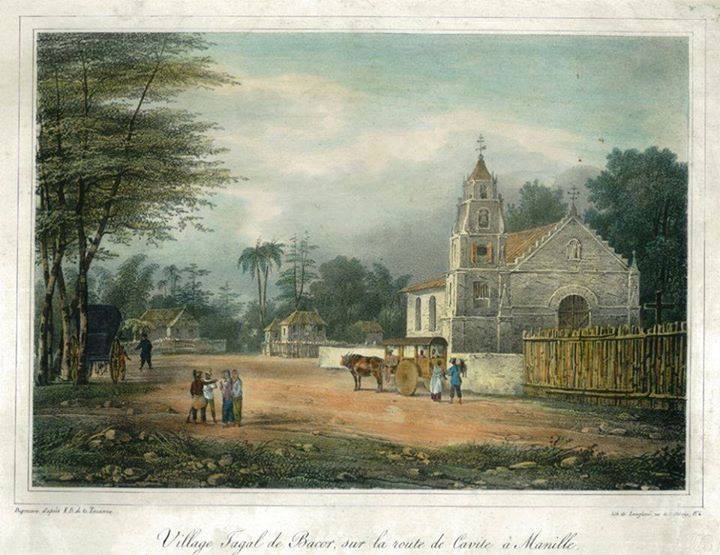Beginnings and Spread of the Faith in Cavite
Beginnings and Spread of Faith in Cavite

“Every day at dawn, the church bell rings for all the children to come to the church. Thence they go in procession through the town chanting the catechism in their native tongue. The passing of the procession, so numerous (There were as many as 200 boys) and so devotional, is a constant delight to the beholder. They returned to the church where they recited the principal points of Christian doctrine and answer questions on them. .


“In 1614, Maragondon was established as a quasi-parish administered by the Jesuits residing in Silang. A report in 1618 accounted the town with a church and an ongoing evangelization. Another report in 1620 narrated that the town’s people donated 70 pesos for the purchase of the image of the Virgin. By 1627, the parish of the Nuestra Senora de la Asuncion was established.


Kawit is a town on the other side of Bacoor Bay, just opposite the Cavite Puerto. The entire province got its name from the place. The word Cavite came from the Tagalog word “Kawit e.” The Spaniards finding it difficult to pronounce the letter “W” changed it to “V.” It was the mother town of Cavite Puerto, hence it was called Cavite Viejo."

 .JPG)
Inmaculada Concepcion Parish - Naic (Full View)

Inmaculada Concepcion Parish - Naic
.jpg)
Nuestra Señora del Pilar - Imus Parish (1900's)
.JPG)
Nuestra Señora del Pilar - Imus Parish (New Altar)
.jpg)
Nuestra Señora del Pilar - Imus Parish (Old Altar)
.jpg)
Nuestra Señora del Pilar - Imus Parish (Right Side)

Nuestra Señora del Pilar - Imus Parish
.jpg)
Nuestra Señora dela Asuncion Parish Church - Maragondon (1911)

Nuestra Señora dela Asuncion Parish Church - Maragondon
 .png)
Nuestra Señora dela Asuncion Parish Church - Maragondon (Back View)
 .png)
Nuestra Señora dela Asuncion Parish Church - Maragondon (Facade)
.png)
Nuestra Señora dela Candelaria Parish - Silang (Convent)
.png)
Nuestra Señora dela Candelaria Parish - Silang (Facade)
.png)
Nuestra Señora dela Candelaria Parish - Silang (Side Retablo)

San Francisco de Malabon - General Trias - Convent Side

San Francisco de Malabon - General Trias
.png)
San Gregorio Magno Parish - Indang (Convent)
.png)
San Gregorio Magno Parish - Indang (Interior)
.png)
San Gregorio Magno Parish - Indang (Pulpit)

San Gregorio Magno Parish Church - Indang

St. Joseph Parish - Carmona
 - Carmona.jpg)
St. Joseph Parish Church Altar (1955) - Carmona

St. Michael the Archangel Parish - Bacoor
.jpg)
St. Michael the Archangel Parish Church (1898)
.png)
Sta. Maria Magdalena Parish, Kawit (Facade)
.jpg)
Sta. Maria Magdalena Parish, Kawit (with Convent)
.png)
Sta. Maria Magdalena Parish, Kawit(Interior)

